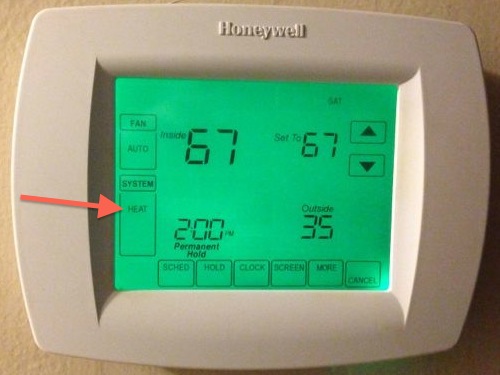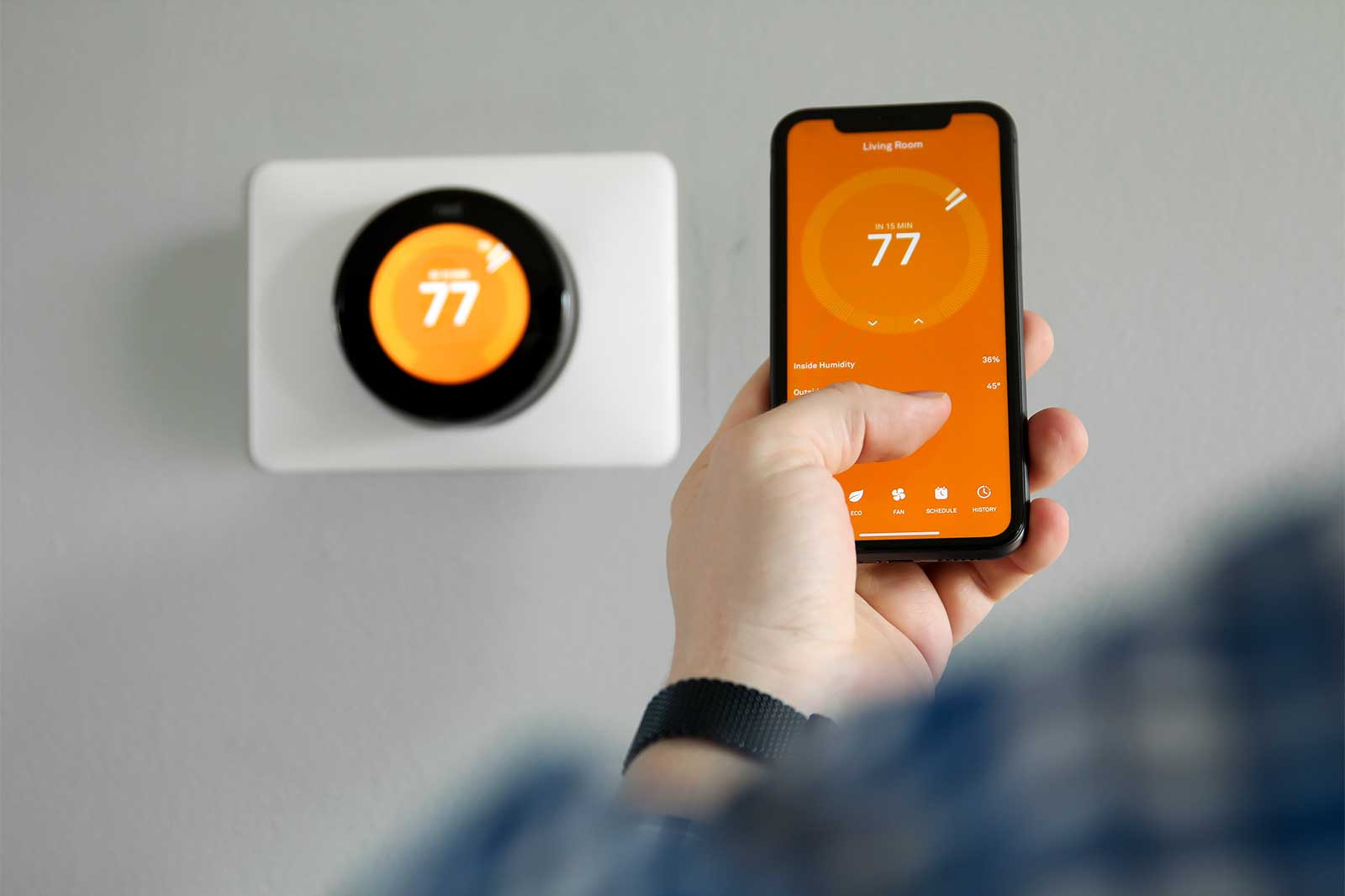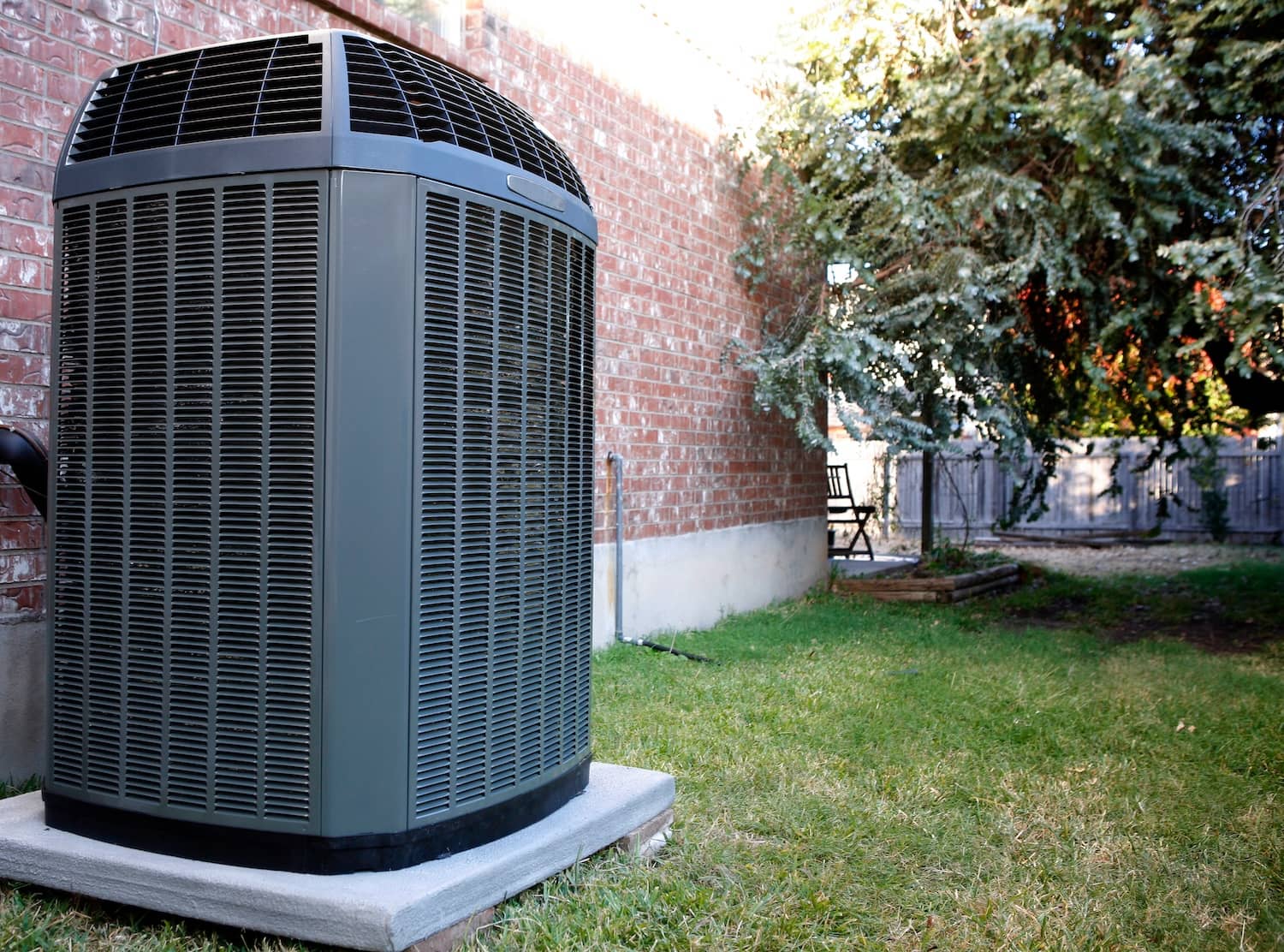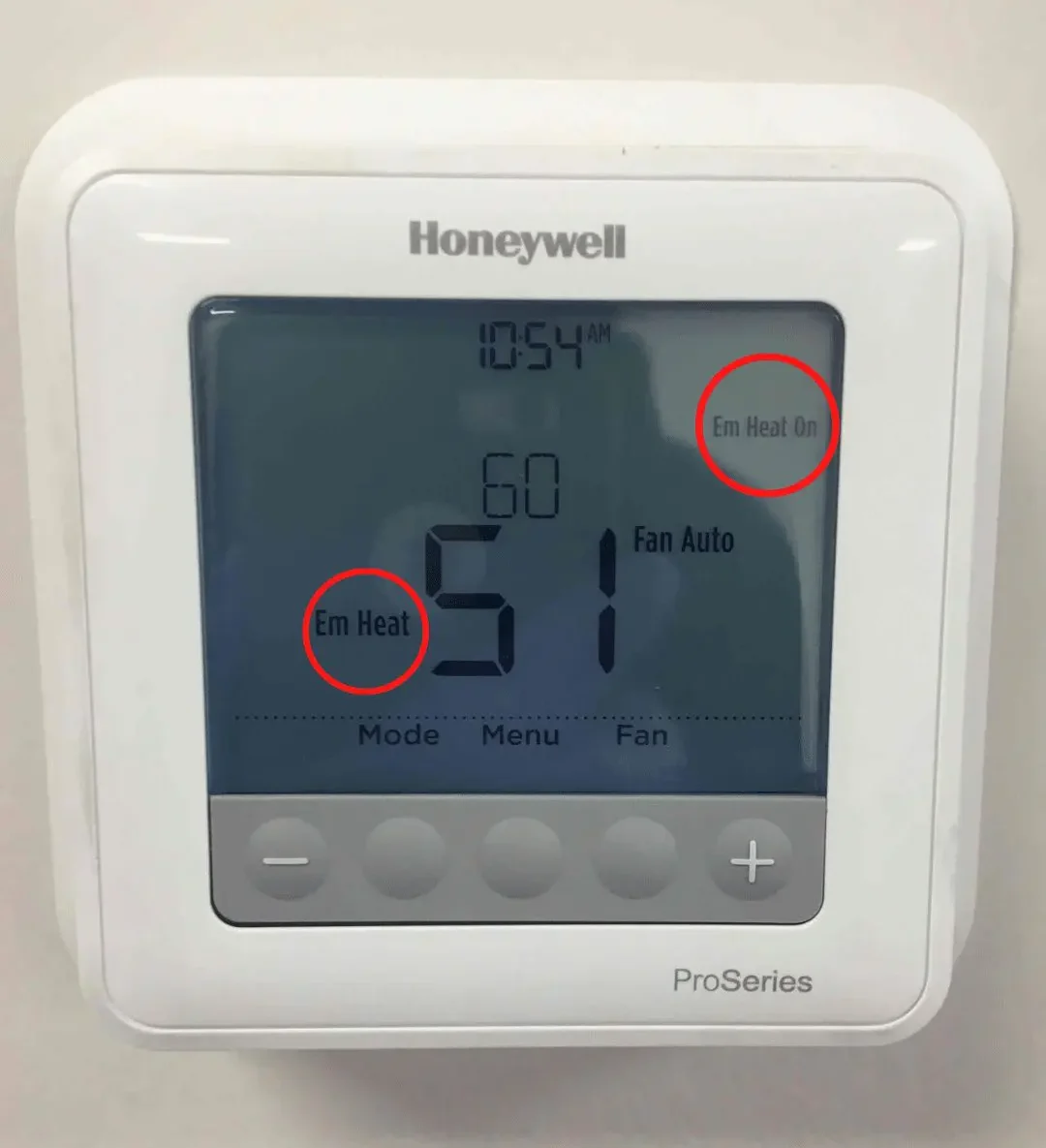Auxiliary heat, or “aux heat,” is a crucial part of your home’s HVAC system, especially in colder climates. Many homeowners see the AUX HEAT indicator light up on their thermostat during the winter months, but few understand what it means or how it affects energy usage and heating costs. This guide will explain everything you need to know about auxiliary heating, when it activates, and how to manage it effectively to maximize energy efficiency.

What is Aux Heat? Understanding Auxiliary Heating in Your HVAC System
Auxiliary heat is a secondary heating source that kicks in when your heat pump alone cannot maintain the set indoor temperature. In most cases, aux heat consists of electric resistance coils within the HVAC system. These coils generate additional warmth to support the heat pump during periods of extreme cold or high demand. While aux heat is essential for maintaining comfort, it can be costly if used extensively, as electric resistance heating typically consumes more energy than the heat pump itself.
How Auxiliary Heat Works in a Heat Pump System
During moderate temperatures, heat pumps are highly efficient and can transfer heat from the outside air into your home. However, when the outdoor temperature drops below a certain threshold (typically around 35°F), the heat pump becomes less efficient at extracting heat, which prompts the auxiliary heating to activate. This secondary heating system quickly supplements the heat pump to maintain the thermostat’s set temperature.
When Does Aux Heat Turn On?

Aux heat is designed to activate only under specific conditions, usually when:
- Outdoor temperatures drop significantly: When the temperature is too low for the heat pump to operate efficiently, auxiliary heat kicks in to provide additional warmth.
- There is a large gap between the current and set temperatures: If you raise the thermostat by a large number of degrees, the system may activate aux heat to reach the desired temperature faster.
- During defrost cycles: Heat pumps go into defrost mode to remove ice buildup on the outdoor coils, which momentarily requires aux heat to maintain indoor temperature.
Learn more about how heat pumps operate in extreme temperatures.
Auxiliary Heat vs. Emergency Heat: What’s the Difference?
Auxiliary heat and emergency heat are two distinct functions in a heat pump system, though they both provide supplementary heating when outdoor temperatures are too low for the heat pump alone to handle. Here’s a breakdown of their differences:
| Feature | Auxiliary Heat | Emergency Heat |
|---|---|---|
| Activation | Automatically activates when the heat pump cannot meet the temperature demand. | Manually activated by switching the thermostat to EMERGENCY HEAT. |
| Energy Efficiency | Less efficient than the heat pump but only activates when necessary. | More energy-intensive and intended only for short-term use. |
| Use Case | Used in cold weather or during defrost cycles to supplement the heat pump. | Only used if the heat pump is malfunctioning or unable to operate. |
Note: It’s generally recommended to use emergency heat sparingly, as it relies entirely on the electric resistance coils and bypasses the heat pump, leading to significantly higher energy consumption and costs.
How to Know When Aux Heat is On

Most modern thermostats have an indicator that shows when aux heat is active. This may appear as “AUX” on the display screen. Additionally, if you notice a sudden increase in your energy bill during winter, it could be due to prolonged auxiliary heat usage, as electric resistance heating is costlier than heat pump operation alone. If aux heat is on frequently, it may be worth investigating your system’s efficiency or setting adjustments.
Why Does Aux Heat Increase Energy Costs?
Auxiliary heating increases energy costs primarily because it relies on electric resistance coils, which are less efficient than the heat pump. Electric resistance heating generates heat by running an electric current through coils, which requires substantial energy compared to the heat transfer method used by the heat pump. As a result, when aux heat runs for extended periods, homeowners can experience a significant spike in their energy bills.
According to the U.S. Energy Information Administration (EIA), electric heating costs can be three to four times higher than other heating methods. Limiting auxiliary heat use can help you control your heating costs during colder months.
How to Optimize Auxiliary Heat Usage and Save on Energy Bills

While auxiliary heat is essential in maintaining indoor comfort during colder weather, there are several strategies to optimize its use and minimize energy costs:
1. Lower the Thermostat Gradually
Instead of making large adjustments to your thermostat, lower it gradually to avoid activating auxiliary heat. Raising the temperature by several degrees all at once can cause the aux heat to engage. Gradual adjustments allow the heat pump to reach the desired temperature more efficiently without triggering the backup system.
2. Use a Programmable or Smart Thermostat
Installing a programmable or smart thermostat can help you manage aux heat usage by setting consistent temperature schedules. Smart thermostats can also learn your preferences and adjust settings automatically to minimize aux heat activation.
3. Maintain Regular HVAC System Inspections
Routine maintenance on your HVAC system ensures that your heat pump operates at peak efficiency. Have a professional inspect the system, clean filters, and check for any issues that could trigger aux heat more frequently. Regular maintenance can also prolong the lifespan of your HVAC unit and reduce unexpected repair costs.
4. Increase Home Insulation
Improving your home’s insulation reduces heat loss, helping maintain a consistent indoor temperature. Sealing air leaks, adding weather stripping to doors and windows, and insulating walls can keep your home warmer without the need for auxiliary heat. Insulation upgrades can lead to substantial savings in both heating and cooling costs.
FAQ: Common Questions About Auxiliary Heat in Your HVAC System
| Question | Answer |
|---|---|
| Is auxiliary heat the same as emergency heat? | No, auxiliary heat activates automatically when needed, while emergency heat is manually switched on and should be used only if the heat pump fails. |
| How can I tell if auxiliary heat is overused? | If your energy bills are unusually high during winter, or if the AUX HEAT indicator is on frequently, you may be overusing auxiliary heat. |
| Can I turn off auxiliary heat? | Auxiliary heat is usually an automatic function, but adjusting your thermostat gradually and maintaining your HVAC system can help reduce its usage. |
| Does auxiliary heat affect energy efficiency? | Yes, auxiliary heat is less energy-efficient than the heat pump, so frequent use can significantly increase energy costs. |
| What should I do if auxiliary heat runs constantly? | If aux heat runs continuously, it could indicate an issue with your heat pump. Contact a professional HVAC technician for inspection and repair. |
Conclusion
Auxiliary heat is an essential backup in HVAC systems, especially in regions with colder winters. Understanding what aux heat is, when it activates, and how it affects your energy costs can help you make informed decisions to optimize its usage. By managing your thermostat settings, investing in proper insulation, and maintaining regular HVAC inspections, you can reduce aux heat dependency and lower energy bills. If you notice that auxiliary heat is running more than expected, consider consulting a licensed HVAC technician to inspect your system and ensure it’s operating efficiently.

